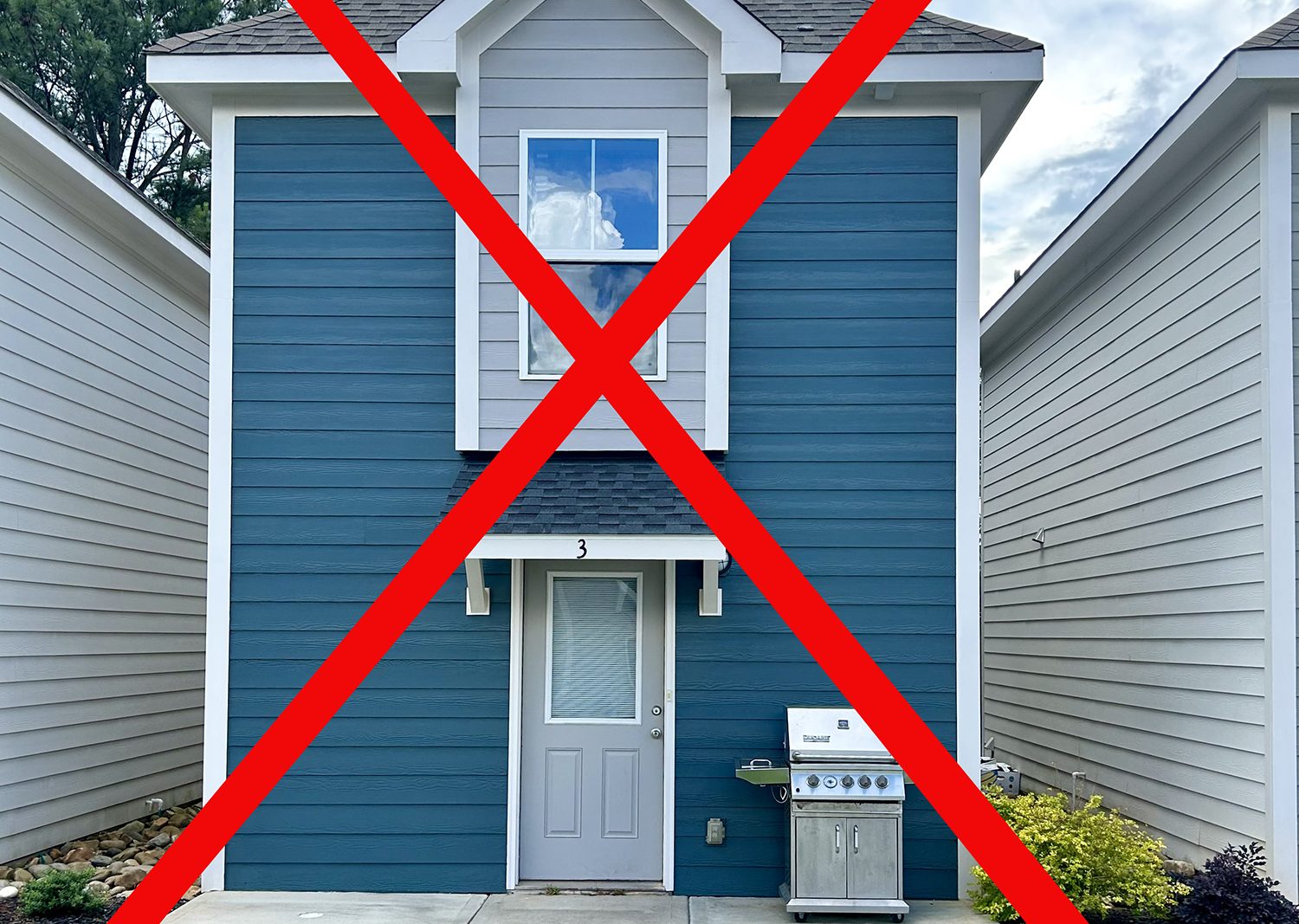I drove past a student house project recently and did a double take. There was only one window on the front of the unit! I turned around and drove into the project.
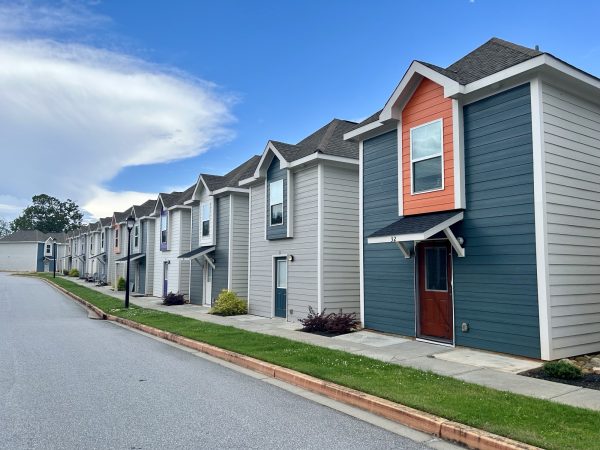
Surely, there must be more windows on the back. Wrong! This 15’ wide cottage has only two windows – one on the front and one on the back. Both windows are on the second floor, so there are none on the first floor. The first floor only had half-lite entry doors – one on each side. A dream come true for purchasing agents, perhaps. But for me? A nightmare.
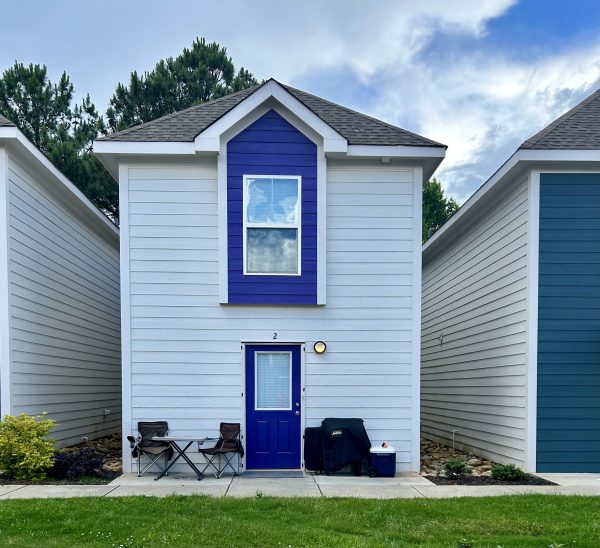
The unit was super dark inside (of course I asked to see inside a unit). Unfortunately, there was no model, so you’re seeing a college students’ version of a tidied-up unit for showings. It was as sad inside as I had feared.
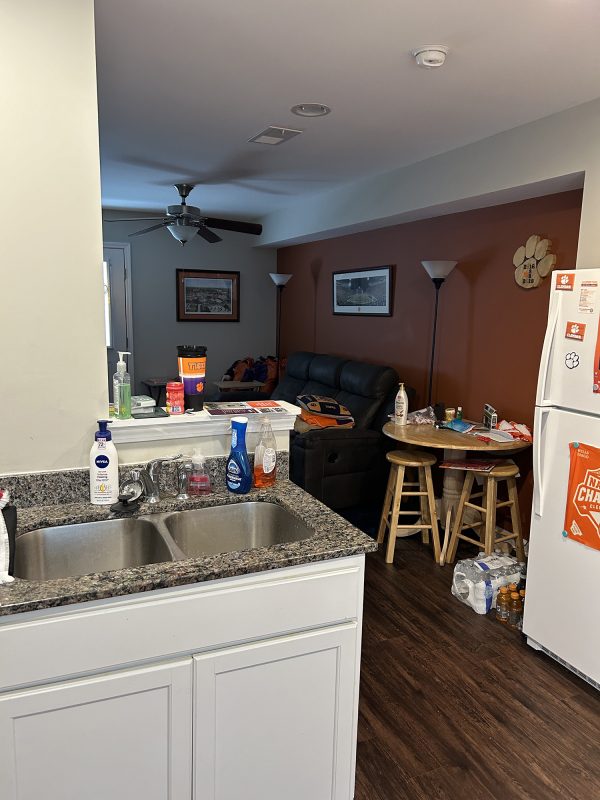
It got me to wondering, how much better would the inside of the unit feel with two first windows – one on the front and one on the back. Heck – it could be argued because it is a through view that one window might suffice. It is no secret that architects love adding windows. And why not?
Windows Expand Space
Windows add light and make rooms feel bigger. Our eyes are naturally drawn to light, so a well-placed window expands sight lines, allowing the eye to travel beyond the walls of the house or unit. This too makes the unit feel bigger.
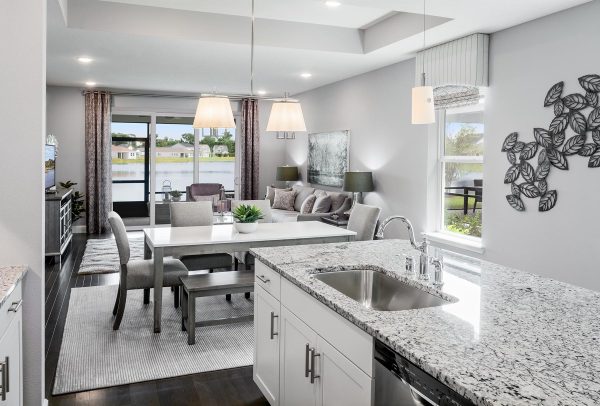
Benefits Of Natural Light
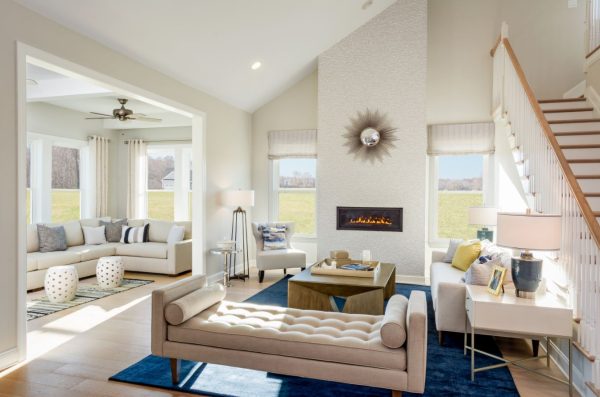
Windows add full spectrum, natural light allowing us to see color better. Natural light makes us feel better. Just ask folks who live in the north and who suffer from Seasonal Adjustment Disorder (SAD) in the winter when the days are short. Symptoms of SAD include fatigue, depression, hopelessness, and social withdrawal. That means living in a dark interior is depressing.
Fresh Air
Operable windows – like a single-hung window – can be opened and closed at the occupant’s discretion. It was an awesome spring day when I explored the property, making it ideal for capturing natural breezes. And because it was a through unit, the cross ventilation achieved with an operable window front and back on the first floor would be amazing! One tenant had stretched an aftermarket full size screen across their entry door to attempt to capture fresh air. Adding fresh air to a home’s interior has been documented as a key component to avoid the build up of toxic gases inside the unit.
What Does a Window Cost
I started wondering how much cost would an additional 3’ x 5’ window add? So, I asked a couple builders and of course, the answer varies based upon the type of window. The short answer is turnkey between $265 and $315, depending on the type of window (single or double pane, low e, argon filled, vinyl, or aluminum clad) plus the cost of adding framing material, labor, and trim around the window.
No doubt, these houses were affordable to build. But what have we sacrificed in the process of cutting costs?
I know we are desperately looking for ways to bring housing costs down – trust me! But simply removing aspects of a good home and calling it a day isn’t going to make anyone happy. True, college students can tolerate seemingly uninhabitable living conditions. But this shouldn’t be the standard for affordable housing going forward. We can still design houses that follow time-tested principles and allow owners to thrive. I always keep in mind, regardless of how affordable a project may be, it is still going to be someone’s home. Let’s never lose that idea.
Categorized in: Affordability, Uncategorized
This post was written by Housing Design Matters


